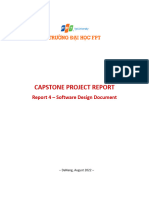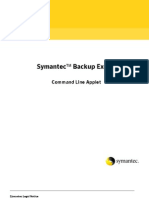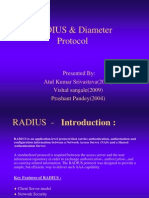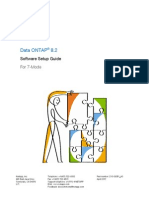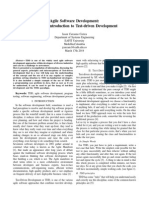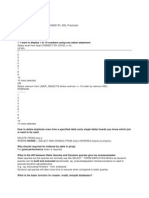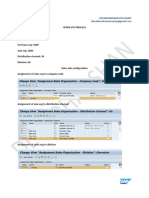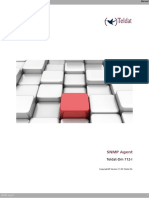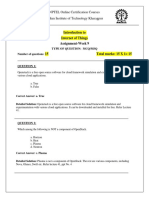0% found this document useful (0 votes)
20 views6 pagesGit Guide
This comprehensive guide covers Git and GitHub, introducing core concepts such as repositories, commits, branches, and tags. It includes basic and advanced Git commands, workflows for using GitHub, and methods for sharing repositories with non-Git users. Additionally, it provides a Git cheat sheet and links to useful resources for further learning.
Uploaded by
bhryfbzkhjtzxhazdrCopyright
© © All Rights Reserved
We take content rights seriously. If you suspect this is your content, claim it here.
Available Formats
Download as PDF, TXT or read online on Scribd
0% found this document useful (0 votes)
20 views6 pagesGit Guide
This comprehensive guide covers Git and GitHub, introducing core concepts such as repositories, commits, branches, and tags. It includes basic and advanced Git commands, workflows for using GitHub, and methods for sharing repositories with non-Git users. Additionally, it provides a Git cheat sheet and links to useful resources for further learning.
Uploaded by
bhryfbzkhjtzxhazdrCopyright
© © All Rights Reserved
We take content rights seriously. If you suspect this is your content, claim it here.
Available Formats
Download as PDF, TXT or read online on Scribd
/ 6

























































